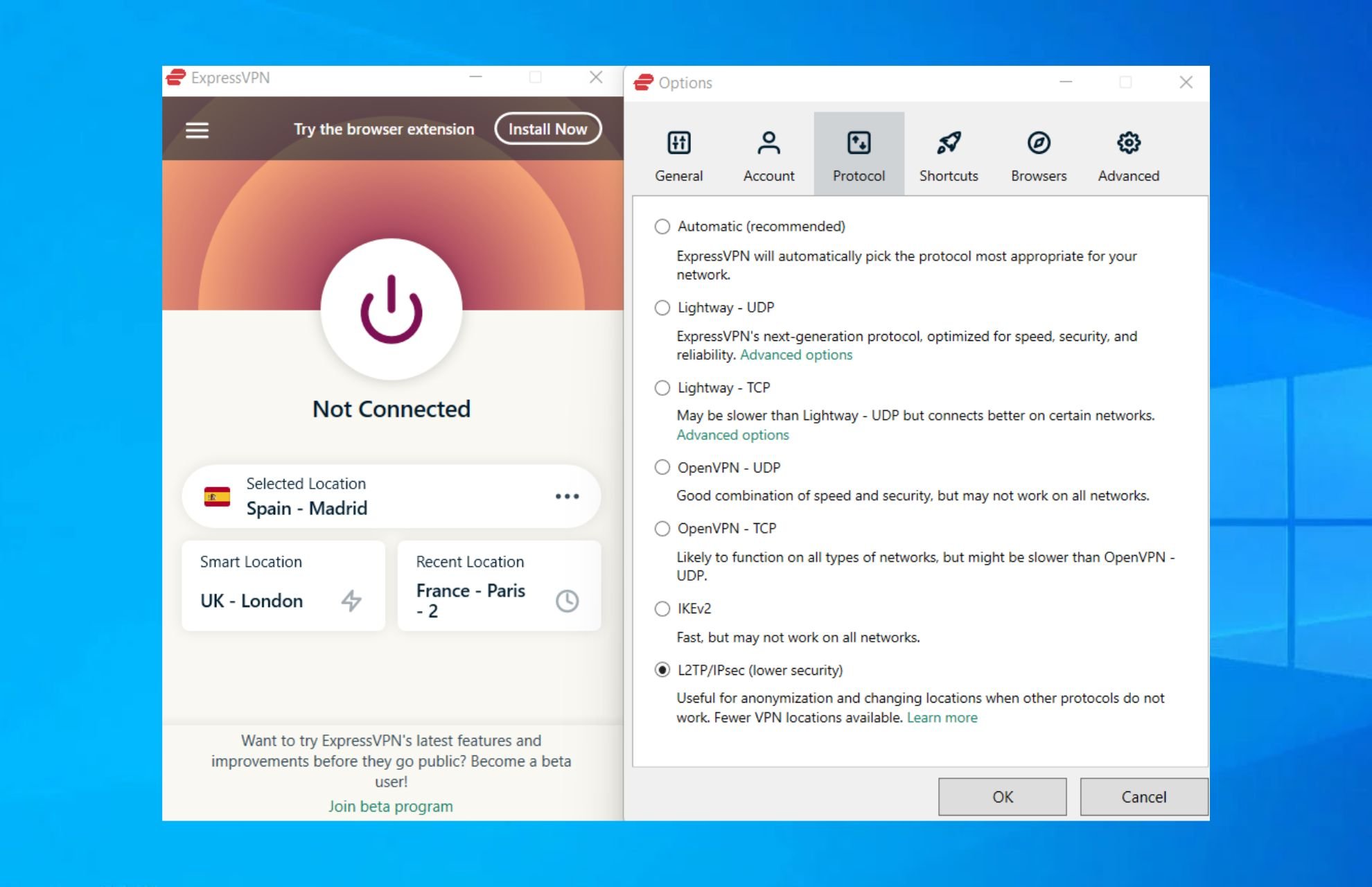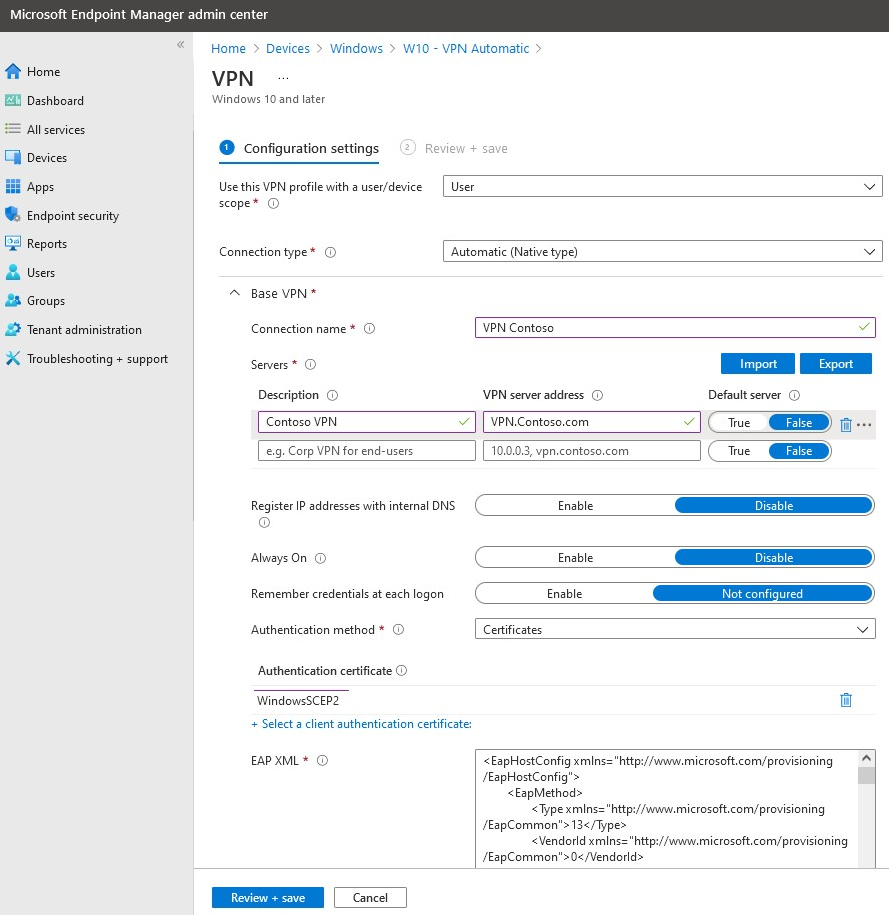Featured
Table of Contents
15 Tips For Troubleshooting Vpn Connections

The Routing and Remote Gain access to snap-in lives within the Microsoft Management Console, called the MMC. There are numerous methods to access the MMC. You can select the console from the Start menu's Programs options, within the Administrative Tools folder within Windows server's Control board or by typing mmc at a command prompt.
As Tech, Republic's Brandon Vigliarolo shows within his video at the start of this short article, the Services console displays the status of the Routing and Remote Access entry. From within the Solutions console and with the Routing and Remote Gain access to entry highlighted, you can click Start the Service or right-click the entry and select Restart.
Sometimes the VPN client and VPN server are set to utilizing various authentication approaches. Verify whether an authentication error is the issue by opening the server console. Yet another method of accessing the MMC is to type Control+R to open a command prompt in which you can type mmc and hit Go into or click OK.
If the entry isn't present, click File, select Add/Remove Snap-in, pick the Routing and Remote Gain access to choice from the options and click Add, then OK. With the Routing and Remote Access snap-in included, right-click on the VPN server and click Properties. Review the Security tab to verify the authentication approach.
Troubleshoot Mobile Vpn With Ssl
Ensure the VPN client is set to the authentication technique defined within the Security tab. Usually the products just evaluated are responsible for the majority of VPN connection rejection mistakes.
Each Web-based VPN connection normally uses two different IP addresses for the VPN customer computer system. This is the IP address that's utilized to develop the preliminary TCP/IP connection to the VPN server over the Web.

This IP address generally has the very same subnet as the local network and thus enables the client to interact with the local network. When you established the VPN server, you must configure a DHCP server to designate addresses to customers, or you can develop a bank of IP addresses to assign to customers straight from the VPN server.


If this choice is picked and the reliable remote access policy is set to allow remote gain access to, the user will have the ability to connect to the VPN. Although I have been unable to re-create the scenario personally, I have actually heard reports that a bug exists in older Windows servers that can cause the connection to be accepted even if the effective remote access policy is set to reject a user's connection.
Vpn Not Working On Windows - Common Errors & Fixes

Another typical VPN issue is that a connection is successfully established however the remote user is unable to access the network beyond the VPN server. By far, the most common cause of this problem is that permission hasn't been given for the user to access the whole network. To enable a user to access the entire network, go to the Routing and Remote Gain access to console and right-click on the VPN server that's having the issue.
At the top of the IP tab is an Enable IP Routing check box. If this check box is allowed, VPN users will have the ability to access the rest of the network, assuming network firewall programs and security-as-a-service settings permit. If the checkbox is not selected, these users will be able to access just the VPN server, however nothing beyond.
For example, if a user is calling straight into the VPN server, it's usually best to configure a static path between the client and the server. You can configure a static route by going to the Dial In tab of the user's properties sheet in Active Directory Users and Computers and choosing the Apply A Fixed Path check box.
Click the Include Path button and then get in the location IP address and network mask in the space supplied. The metric ought to be left at 1. If you're using a DHCP server to assign IP addresses to customers, there are a number of other issues that could trigger users not to be able to surpass the VPN server.
Nordvpn Won't Connect - Solutions For Your Os - 2023 Guide
If the DHCP server appoints the user an IP address that is already in use in other places on the network, Windows will detect the dispute and prevent the user from accessing the remainder of the network. Another typical problem is the user not receiving an address at all. The majority of the time, if the DHCP server can't designate the user an IP address, the connection will not make it this far.
254.x. x variety. If the client is appointed an address in a range that's not present within the system's routing tables, the user will be not able to browse the network beyond the VPN server. Other problems can contribute to this issue, too. Guarantee the resources the user is attempting to gain access to are actually on the network to which the user is connecting.
A VPN connection to the other subnet might, in fact, be needed. A firewall program or security as a service option might also be to blame, so do not forget to evaluate those options' settings, if such parts are present between the VPN server and the resources the user looks for to reach.
The first possibility is that one or more of the routers involved is carrying out IP packet filtering. IP packet filtering could avoid IP tunnel traffic. I recommend examining the client, the server and any makers in between for IP packet filters. You can do this by clicking the Advanced button on each maker's TCP/IP Residences sheet, selecting the Options tab from the Advanced TCP/IP Settings Residence sheet, picking TCP/IP Filtering and clicking the Properties button.
Latest Posts
Best Free Vpn For Business In 2023
Why You Need A Vpn, And How To Choose The Right One
15 Leading Vpn Software For Startups For 2023